A landscape that, thanks to recent rainfall, is currently more lake than land is also the location for one of HS2’s more innovative railway structures that’s now under construction.
This will be the Thame Valley viaduct, a long strip of concrete skimming low over the valley near Aylesbury, where the floodplain is proving a challenge to work in. What is known as the North Chilterns to Aylesbury project will create 24km of the HS2 railway, spread over three viaducts and a number of over and under bridges, and one of those is the Thame Valley viaduct just to the northwest of Aylesbury.
This 880 metre long viaduct will comprise 36 spans sitting on 70 piers that support the railway above, and is the longest viaduct in this part of the HS2 railway. What makes the viaduct particularly interesting is the design and how it’s being constructed.
Conventionally, a railway viaduct could be made by drilling deep piles into the ground, then at ground level, constructing the above-ground piers manually on site. The spans that then bridge the gaps between the piers would usually be cast from concrete and brought to the site to be assembled.
This viaduct is different.
Yes, it still needs the piles to be drilled down into the ground. In this case, in the heavily water-logged floodplain, they had to create a steel-lined coffer dam to dig a few metres down into the ground and then at the bottom of that, push piles some 45 metres down into the ground.
However, rather than building the viaduct spans from several precast concrete segments, they’ve used 25 metre super long beams instead, which can span the gaps in one go.
Initial plans also expected four beams to be needed per span, but this was reduced to two beams — halving the amount of concrete needed to build each span of the viaduct.
Conventionally, the beams would be joined using a concrete joint cast on site, but here, they are designed to be bolted to each other. Although that eliminates the concrete joint, it did require some careful work to ensure the bolts wouldn’t suffer from the decay that affected 1960s road bridges and was abandoned in the UK. Fortunately, the contractor has a lot of experience with this work in mainland Europe and was able to reintroduce bolted beams as a construction method.
However, at 25 metres in length, those beams are long, and as they are made at PACADAR’s factory on the Isle of Grain in Kent, they have to be delivered by long road vehicle overnight. Their delivery can be affected by anything from the weather as it can’t be too windy, to local construction issues on site.
The main issue is that it takes two very large cranes to lift these massive beams, and there’s just one temporary road running the length of the viaduct for construction work. Lifting a beam closes the road for several hours, which needs to be coordinated with everyone else who wants to use it.
The combination of issues means that they expect to be able to lift and install three beams a week — and having just started, there was a chance recently to see the fourth of 72 beams being installed.
It takes some time to lift a hefty concrete beam, mainly checking and rechecking that all the cables from the two large cranes are secured and that nothing will go wrong. Once that’s done, the beam is lifted just enough for the road vehicle to drive out of the way, and thanks to recent weather, a lot of water drained off the beam as it sat in the air.
After nearly an hour of preparation work, the actual move on the viaduct took just a few minutes, and the beam lined up with the heavy bolts that will now secure it to the piers.
It’s expected that this modular off-site construction and on-site assembly will reduce the carbon footprint of the railway viaduct by a third, saving some 19,000 tonnes of CO2.
Once all the building works have moved on, the temporary causeway will be removed, and the land will return to the mix of boggy wetlands surrounding the viaduct. However, in part to mitigate its appearance, trees will be planted around the viaduct, and they aim to form a new green corridor for wildlife along the length of the railway in the area.
The construction is being carried out by Eiffage, Kier, Ferrovial Construction and BAM Nuttall (EKFB) along with FC Civils Solutions.
This approach to construction is now being considered for the nearby Edgcote Viaduct in Northamptonshire, and is garnering enough attention in the industry that it’ll likely pop up elsewhere.
Some photos:

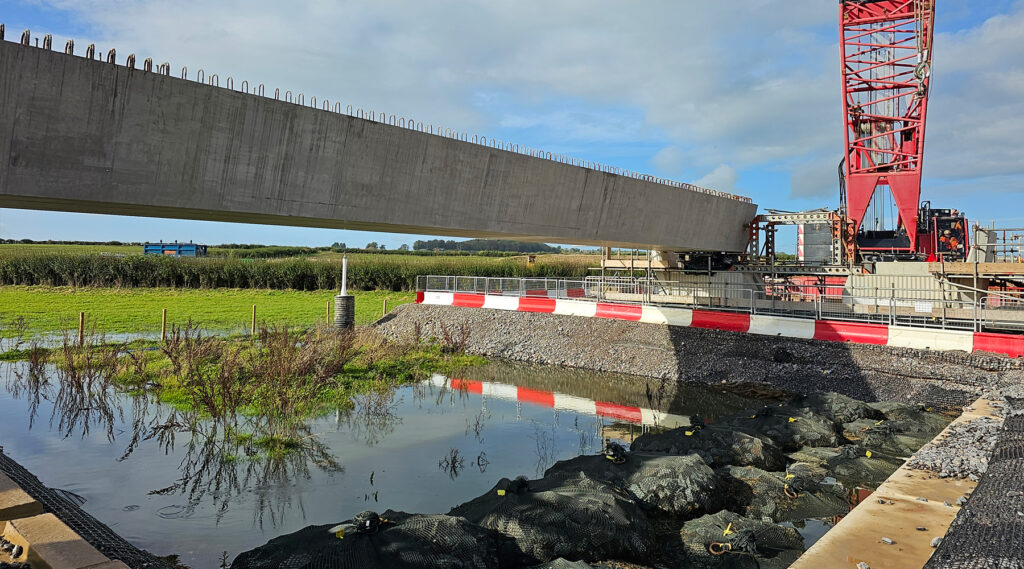
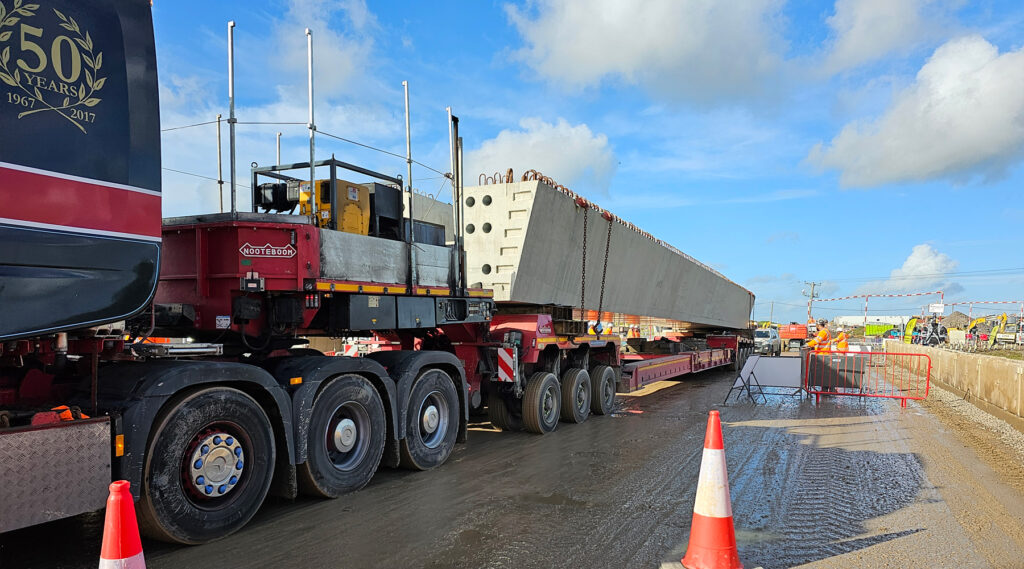
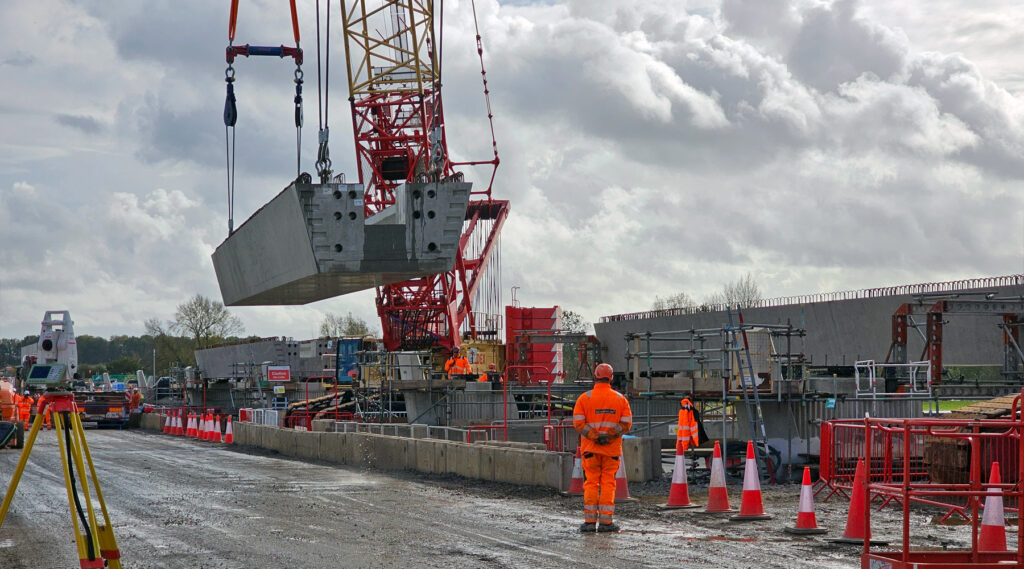
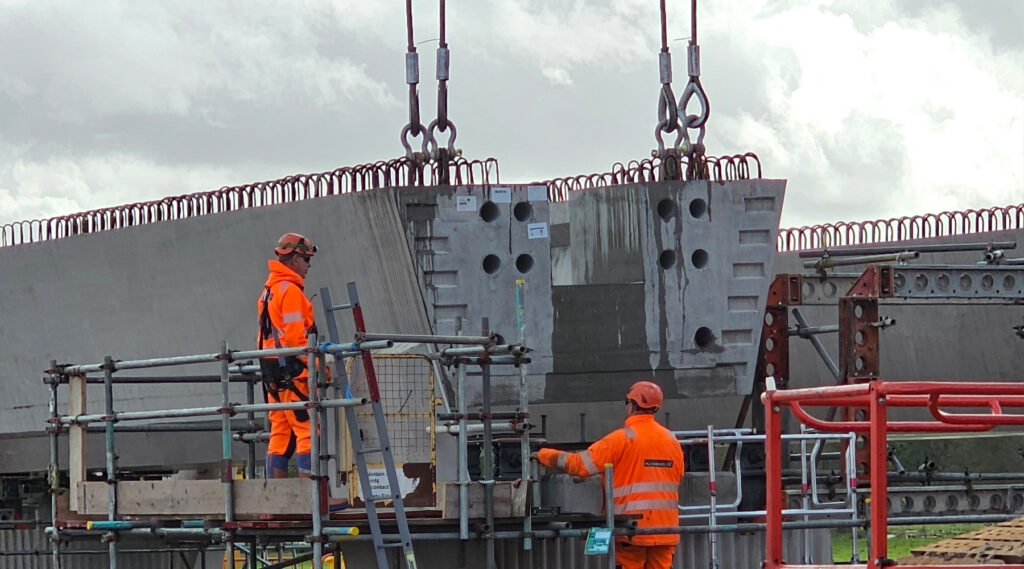
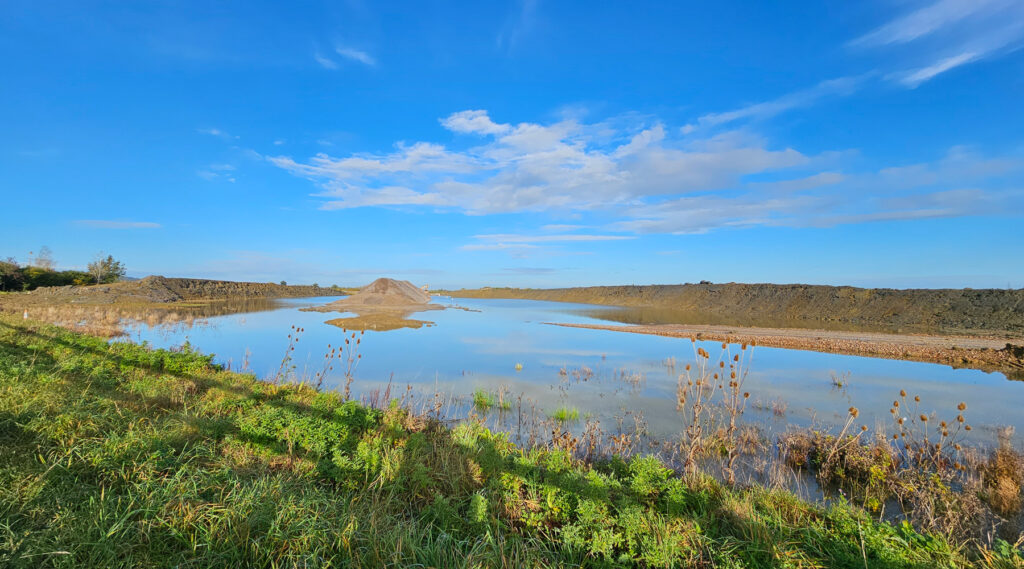
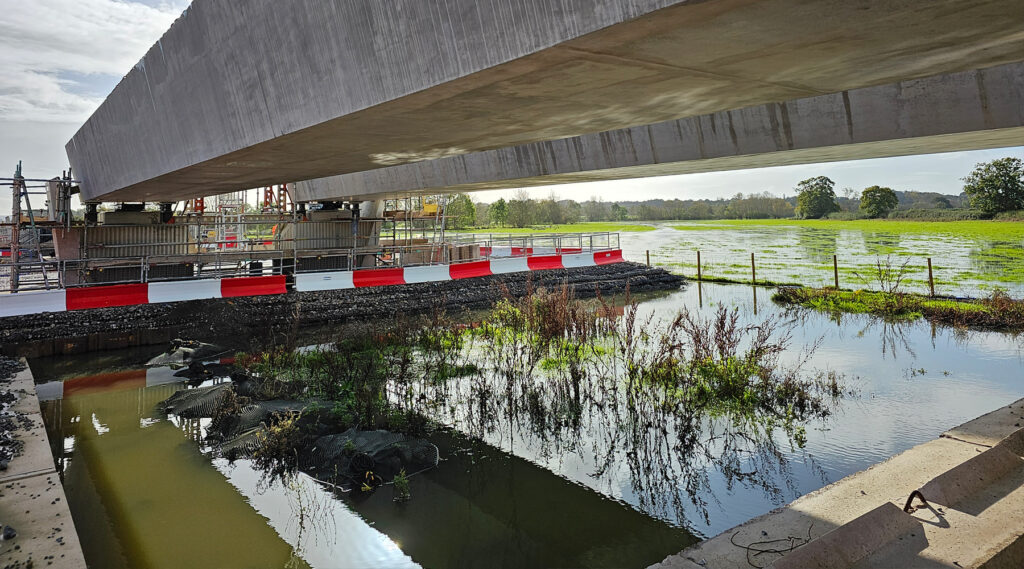
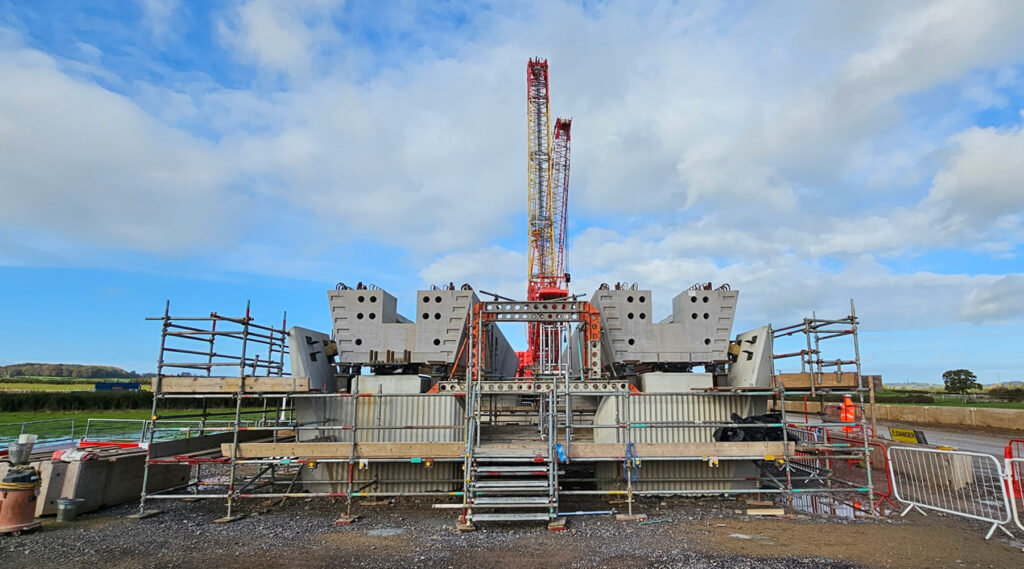
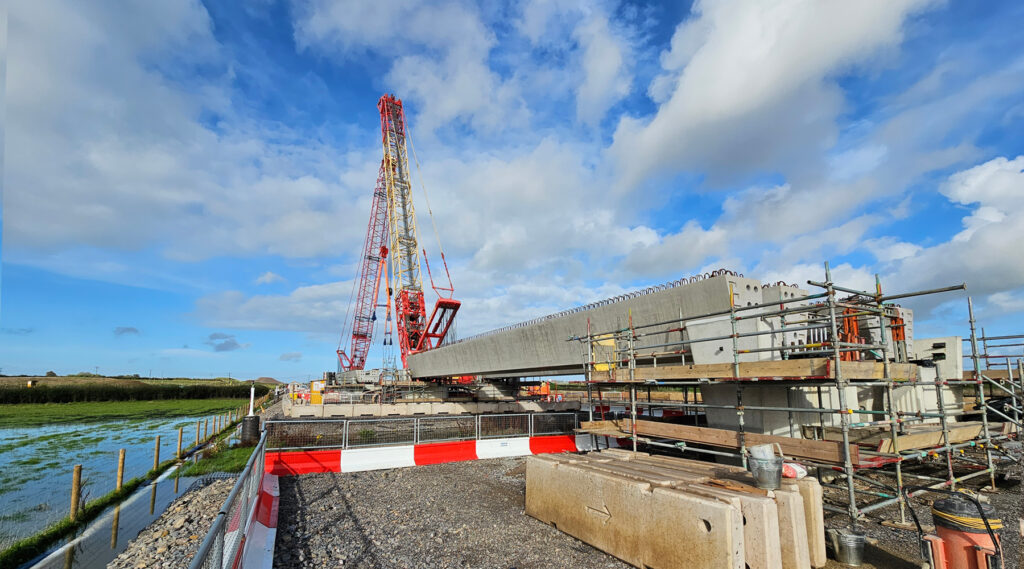
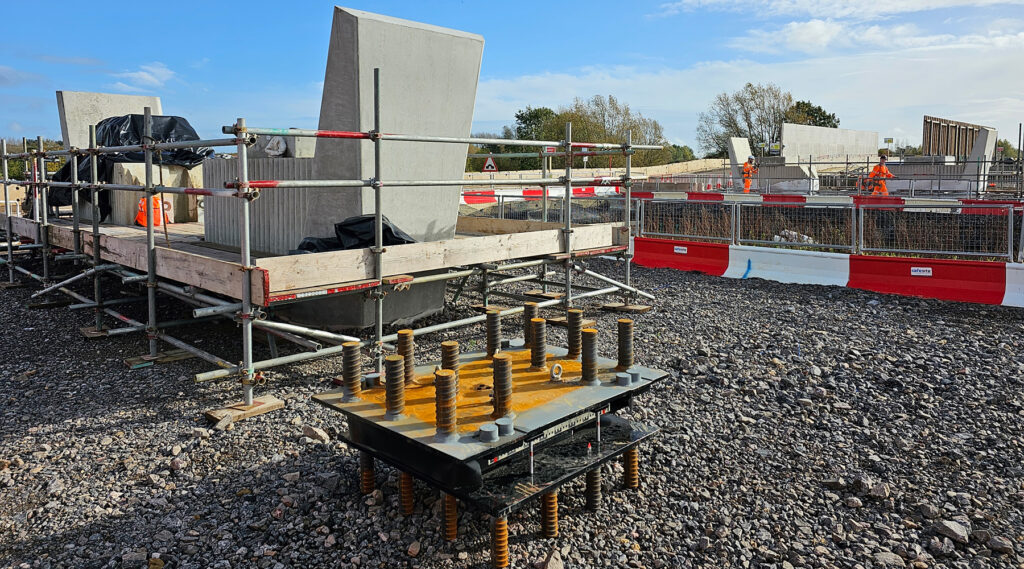
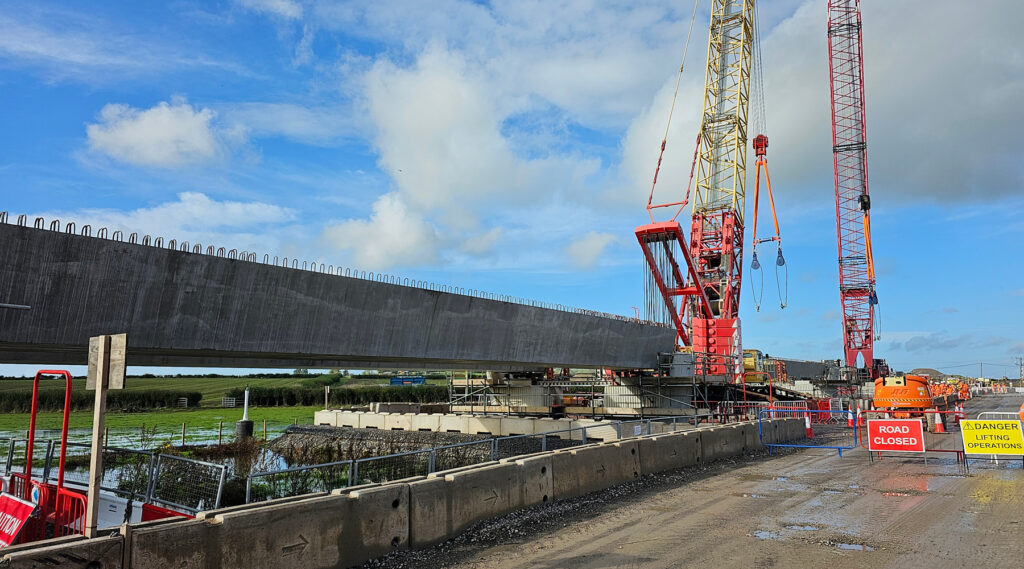






Brilliant engineering, I hope I am still around to see it finished, plus all the other great constructions for this railway.
I designed this from a distance, but seeing it being built brings me joy and satisfaction.